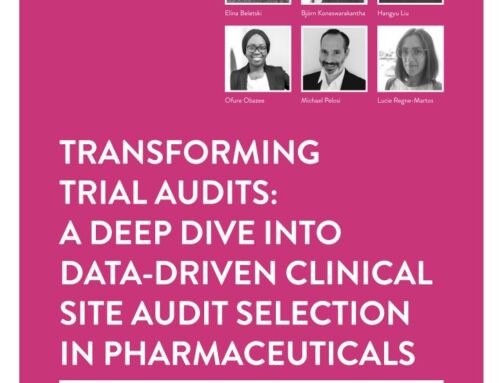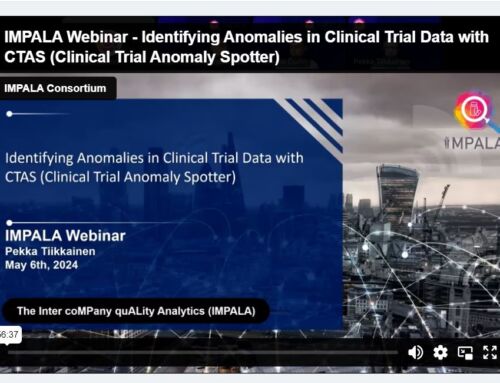{simaerep} was originally developed to detect sites that are under-reporting Adverse Events (AE) in clinical trials using a nonparametric bootstrap algorithm. With the release of the most current version v0.5.0 {simaerep} can also be used to detect over-reporting. With this update the algorithm can be used to detect under and over-reporting for all patient-related clinical events at site-level. From a quality perspective, under-reporting is of a greater interest than over-reporting of AE. When it comes to other events such as site and subject issues, protocol deviations and data queries over- or high-reporting can be of the same importance as under-reporting. As high reporting can be indicative of site problems when executing the study protocol, low- or under-reporting can be indicative of failure of reporting such issues. A detailed guideline on how to obtain both over and under-reporting probabilities has been added to the package documentation.
The open-source landscape for R packages for clinical study quality monitoring and assurance has lately been extended with the release of the {gsm} R package which provides streamlined reporting for monitoring of key risk indicators that directly connects to various standardized clinical data formats. It also implements a funnel plot outlier flagging method which holds various advantages over percentile-based flagging methods. Nevertheless we could show that the algorithm used by simarep can flag under-reporting sites more reliably mostly because event rates are not constant over-time. This shows that the redistribution/restratification of patients to sites can be used to get more reliable flags than flagging methods that make assumptions about the underlying process distributions.




